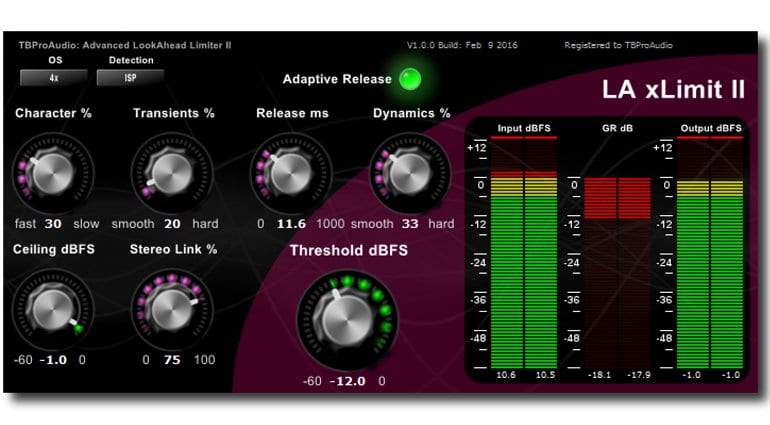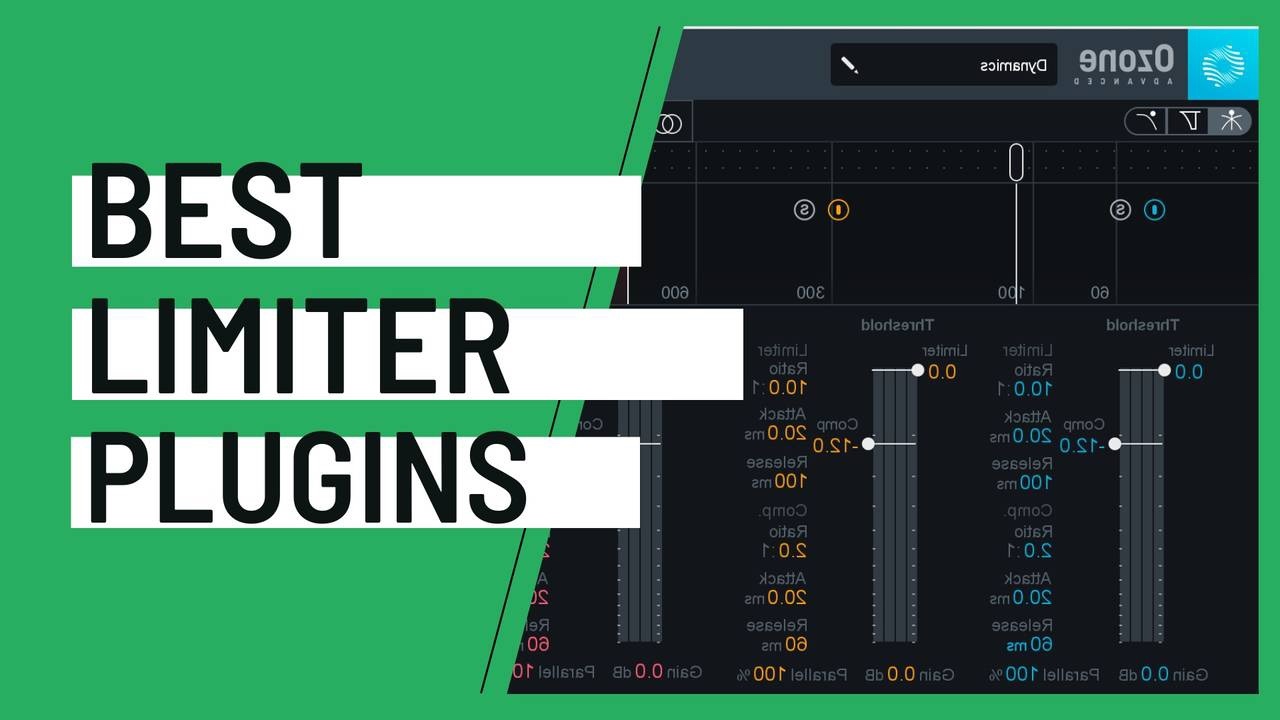

The reason for that is that most limiter plugins have a function that allows the user to handle ISP (InterSample Peaks). Most engineers recommend using a clipper before a final limiter. Source Should I Use Clipper Before or After Limiter In Mastering? Typically, engineers apply a brickwall limiter as an overall signal control in the master bus to ensure that there is no clippings or overs.

A brickwall limiter is comparable to a compressor. In addition to that, it makes use of a look-ahead delay to apply incredibly fast attack and release on peak transients. This means that absolutely no signal is allowed to pass the set threshold limit. This is useful for mixing individual audio tracks where you want to limit the peaking transients but do not want to completely cut the signal which could result in a “monotone” sounding track.Ī brickwall limiter uses a ratio of infinity:1 when dealing with signals. However, it always allows some transient peaks to pass through. If you still need more information, check this link.ĭifference Between Limiter And Brickwall LimiterĪ limiter has a ratio greater than 10:1. The main feature of the Clippers is also called Slope, Hardness, Knee, or Softness to adjust the character of the clipping. We can say that hard clipping produces a square wave sound while soft clipping produces a sin wave sound. The images above show the difference in the signal waveform of a hard and soft clipped signal. The basic difference between soft clipping and hard clipping is that in soft clipping attenuates the transient peaks first and then clips them whereas, in hard clipping, everything above the threshold is clipped with no attenuation. There are two types of clipping – soft clipping and hard clipping. The purpose of the clipper is to clip the audio signal by adding distortion and harmonic saturation to an audio signal. to prevent sudden unwanted spikes that may occur. This is done by capturing the loudest signals in a track and lowering them down to a level that prevents distortion and preserves the overall color of the mix.Īdditionally, you can also use the Limiter in the mixing for vocals, bass, drums, percussions, guitars, etc. It enables a user to boost the loudness of the mix without damaging the way it sounds. Limiters are used mainly in the mastering as a final effect in the mastering chain. In music production, a limiter is an effect that limits the peaks of the audio signal at a certain threshold in a transparent way. Why Do My Tracks Distort When I Use The Limiter Or Clipper On The Master?.
Fabfilter pro l2 vs sonnox oxford limiter how to#
How To Set a Limiter For Mastering? (LUFS).Should I Use Clipper Before or After Limiter In Mastering?.Difference Between Limiter And Brickwall Limiter.


 0 kommentar(er)
0 kommentar(er)
